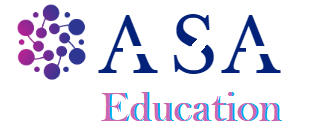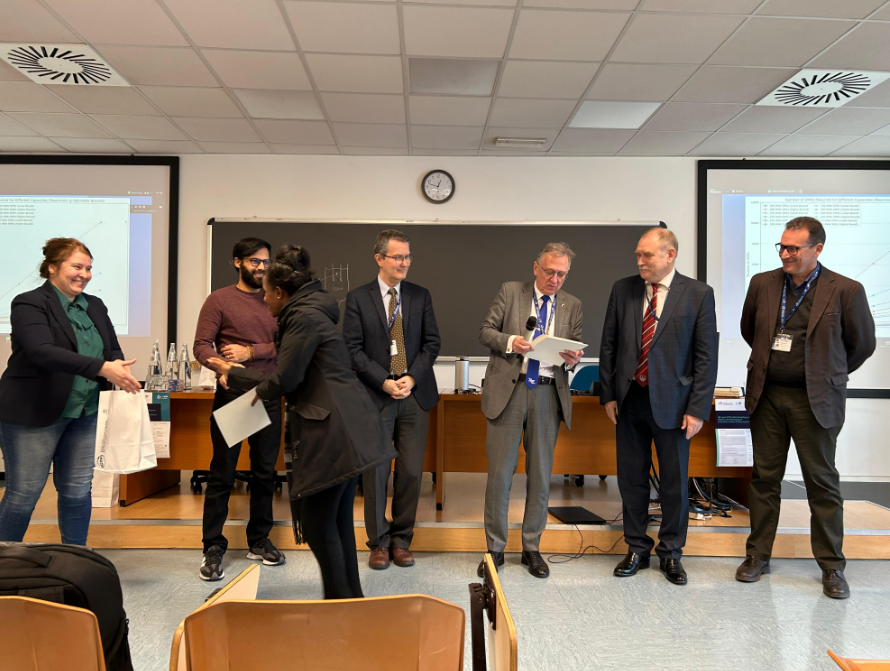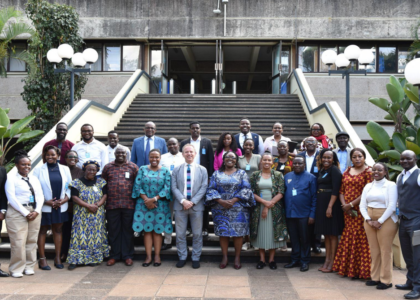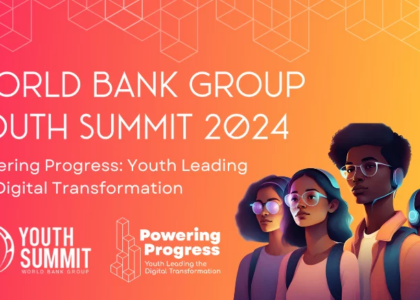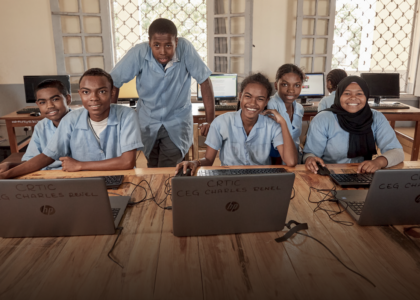Children with disabilities are among the most vulnerable and excluded young learners in the world1
,
with education systems and services failing to meet their needs in terms of access and quality.
Humanity & Inclusion – Handicap International (HI) has been working for the inclusion of children with
disabilities in education for many years. Guided by the International Convention on the Rights of
Persons with Disabilities, which states that children with disabilities ‘should not be excluded from the
general education system’, HI supports an education system that is inclusive, where all children learn
together.
Information and communication technology (ICT), although still largely underused, has considerable
potential to support the educational inclusion of children with disabilities by enabling them to
overcome many barriers that cause their exclusion. A study conducted by Altai Consulting and the
GSMA in 20192
found that 36% of visually impaired Kenyans considered that their mobile phone
helped them ‘a lot’ in accessing education, a figure that rose to 71% for those who owned a
smartphone, as the device allowed them to access many essential assistive technologies for studying,
such as screen readers.
In West Africa, poverty, social stigma and lack of political will accentuate the marginalisation of
children with disabilities. This context creates new barriers, such as lack of teacher training and
negative teacher attitudes. For a child with a disability living in one of the study countries (Benin,
Burkina Faso, Madagascar, Mali, Morocco, Niger, Senegal and Togo), going to school is an ordeal that
often discourages children and parents.
Yet, the development of ICTs in these countries is exponential and represents a real opportunity:
almost two thirds of Malians or Senegalese own a mobile phone, and smartphones (which offer
essential assistive technologies) and mobile internet (internet is a prerequisite for the use of many
ICTs) are constantly expanding.
HI has been working for many years on the inclusion of children with disabilities in schools in various
French-speaking African countries (Benin, Burkina Faso, Madagascar, Mali, Morocco, Niger, Senegal,
and Togo). Its activities have focused on identifying children to be enrolled in school, raising parents’
awareness of the importance of sending their children with disabilities to school, and training teachers
and educators in inclusive education. The use of ICTs in HI programmes in French-speaking Africa has
remained relatively limited until now, but there are a few good examples such as Niger where 67
partner schools received adapted teaching materials in 2018 (tablets, punches, Braille paper,
computers with voice recognition software, etc.).
In order to better evaluate the potential of ICTs for inclusive education and to prepare their
integration in possible future programmes in French-speaking Africa, HI decided to create a directory
in French that lists existing ICTs with the potential to improve the schooling of children with
disabilities. Although databases listing digital assistive technologies exist, most are available in English
- Objectives
The objective of the study is to carry out an inventory and analysis of Information and
Communication Technologies (ICTs) likely to promote the educational inclusion of children with
disabilities in HI’s countries of intervention in French-speaking Africa (Benin, Burkina Faso,
Madagascar, Mali, Morocco, Niger, Senegal and Togo). More specifically, the study aims to:
Identify existing ICTs that can support the educational inclusion of children with disabilities
This includes mainstream ICTs (computers, mobile phones, etc.) and accessibility features that
enable children with disabilities to use them, but also assistive technologies, resources in
accessible formats, courseware, and Virtual Learning Environments (VLEs). The directory
presents the technical characteristics and requirements for each ICT (available languages, cost,
licences, etc.).
Identify challenges to the use of ICTs in the classroom in the countries of intervention and
propose measures (including recommendations to governments) to ensure their proper use
and ultimately improve access to education for children with disabilities through ICTs.
https://www.hi.org/sn_uploads/document/Inclusive-ICT-report_1.pdf

